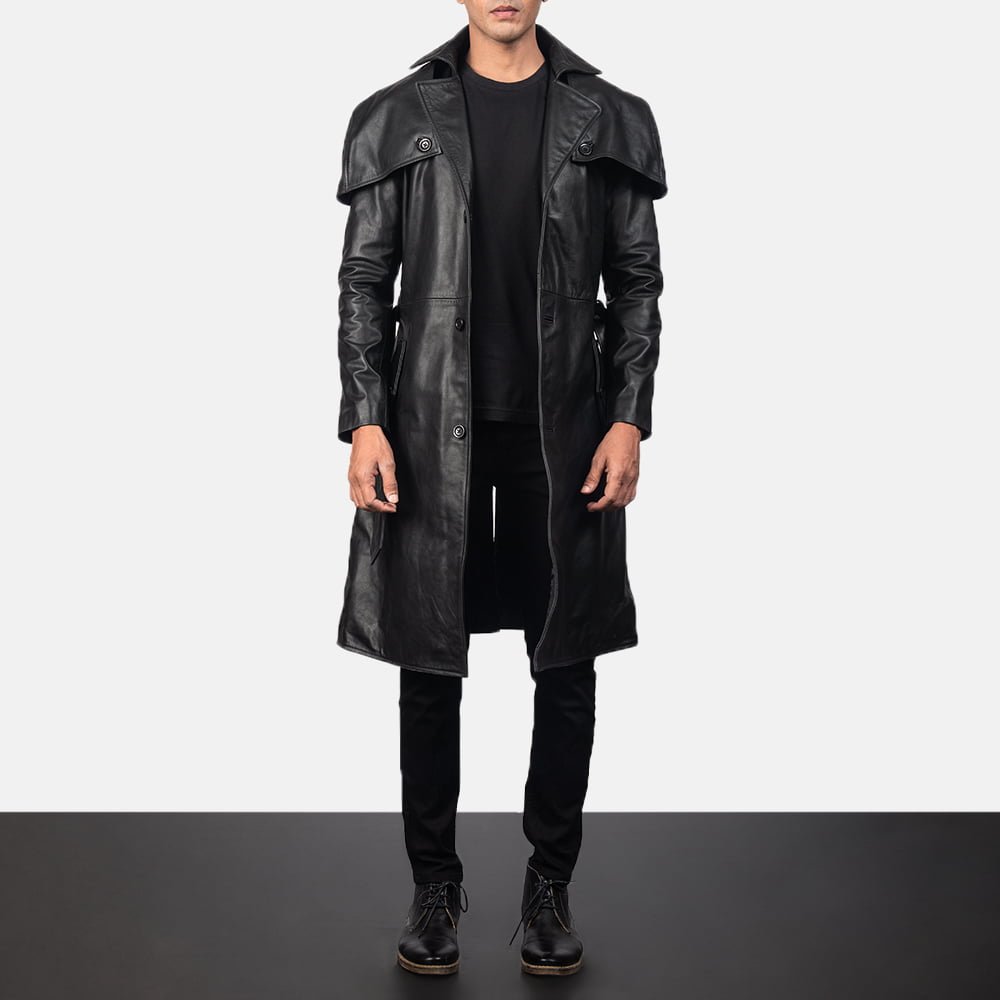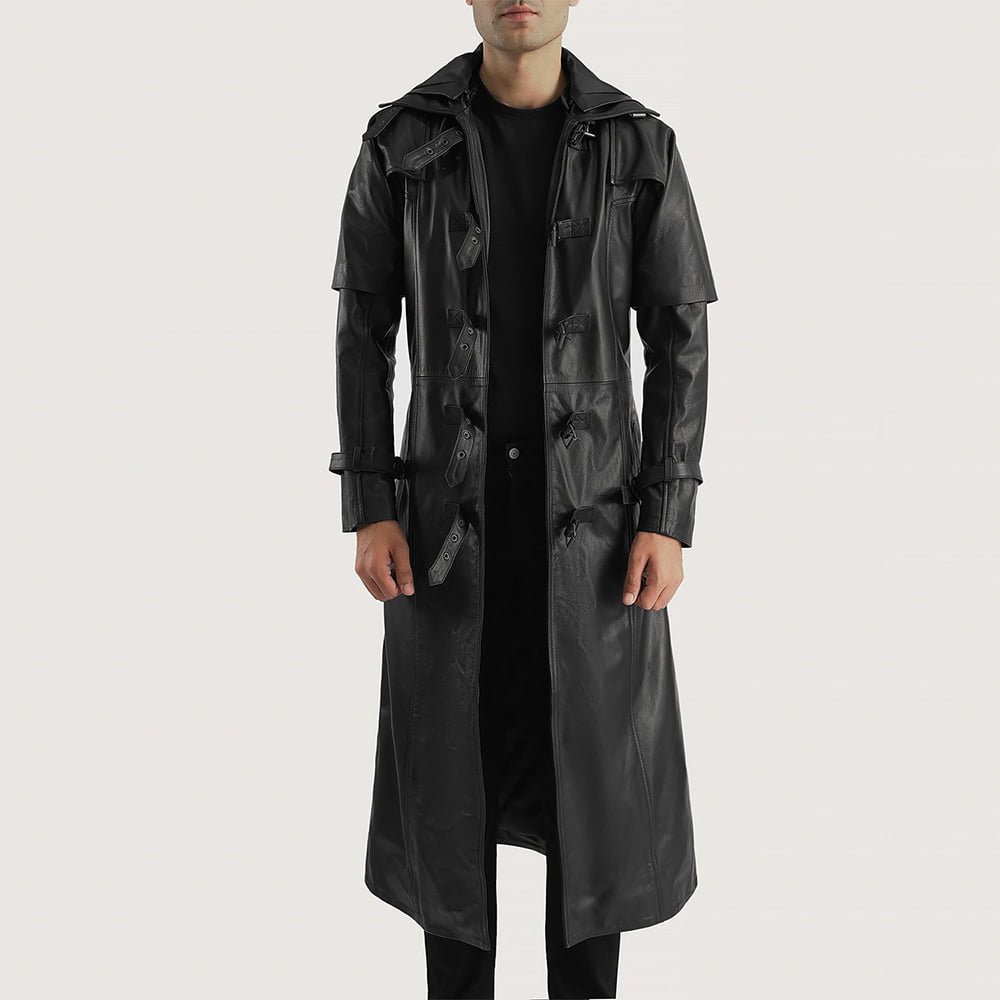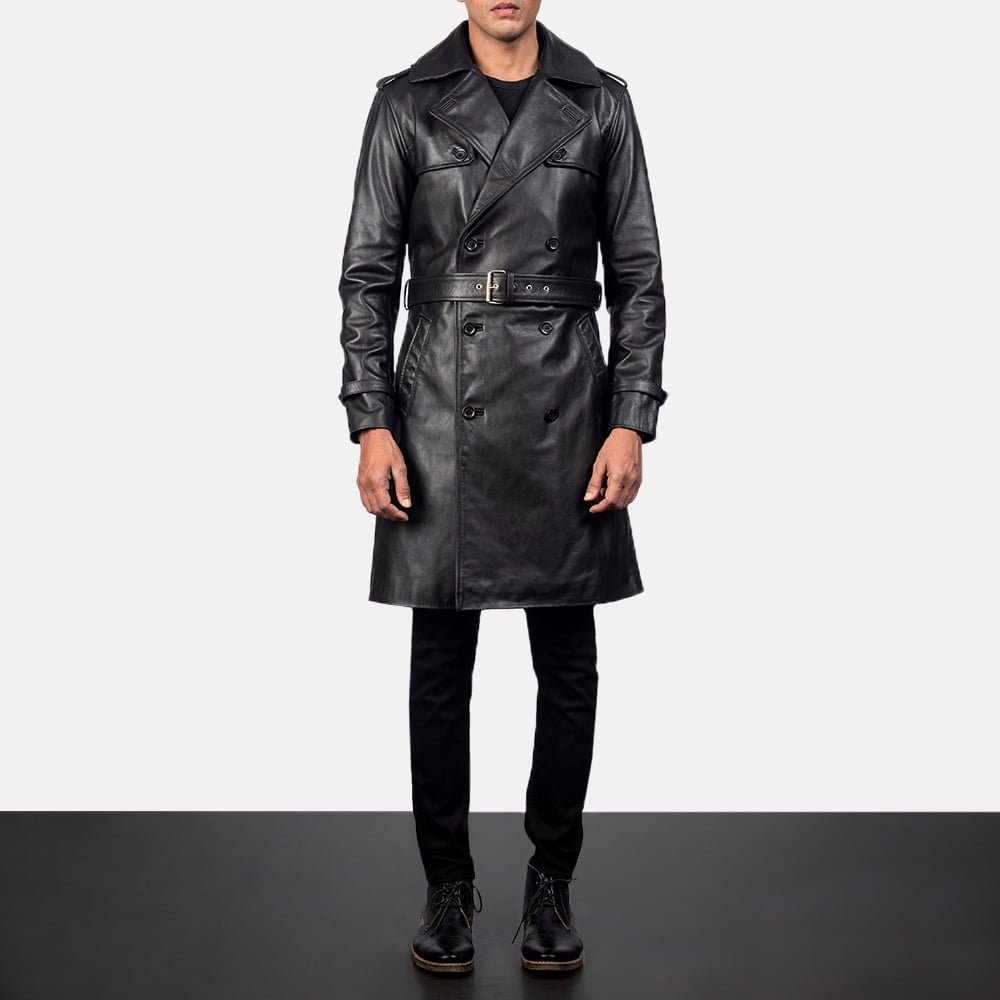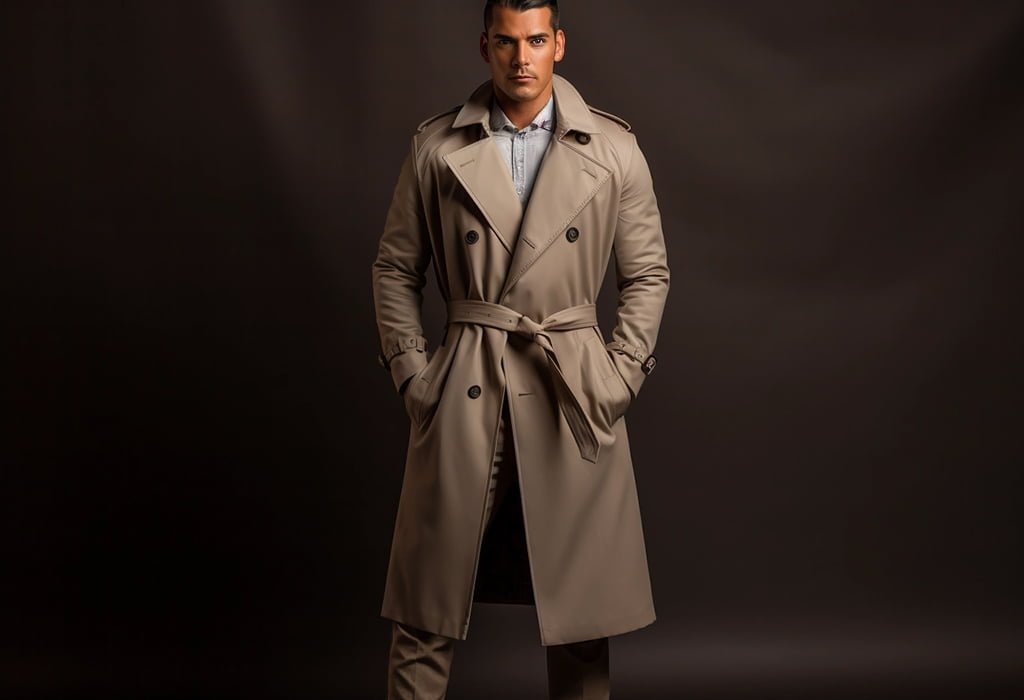How long should a trench coat be?
Understanding Trench Coat Styles
The trench coat, an iconic piece of outerwear, comes in a variety of styles that reflect its rich history and evolution. Originally designed for military use in the early 20th century, the trench coat has transformed into a versatile fashion staple. The classic trench coat, characterized by its double-breasted front, belted waist, and knee-length structure, remains a popular choice. This style often conveys a sense of sophistication and is typically made from gabardine or cotton, ensuring both comfort and durability.
Modern trench coat styles, on the other hand, introduce variations in cut and length. Designers have experimented with proportions, leading to shorter options that flirt with contemporary aesthetics while still maintaining the hallmark features of the traditional design. These modern interpretations may include unique details such as asymmetrical hems or unconventional collar styles, making them suitable for casual and semi-formal occasions. The materials used in these jackets also vary, with options like lightweight nylon or innovative water-resistant fabrics offering functional benefits without sacrificing style.

Furthermore, contemporary variations of the trench coat often emphasize a more relaxed fit that caters to current fashion trends. Longline styles, for instance, extend past the knee, providing a dramatic silhouette that is both flattering and comfortable. These adaptations not only influence the overall length of the trench coat but also change how it can be worn. Color choices have broadened, allowing for bolder statements, while prints add a playful element. The fabric plays a critical role, as thicker material suits cooler climates and provides warmth, whereas lighter fabrics are ideal for transitional weather.
The evolution of trench coat styles showcases the interplay between tradition and modernity. Ultimately, the length and fit of a trench coat significantly impact its style and functionality, offering diverse options for consumers to express their personal aesthetic. Each style presents a unique way to incorporate this timeless garment into one’s wardrobe, making it a versatile choice suitable for various occasions.
Measuring the Perfect Length for Your Body Type
When navigating the world of trench coats, understanding how to measure and choose the right length is essential to enhance your overall silhouette. Various body types, including petite, tall, curvy, and athletic, each have unique characteristics that can be complemented or overshadowed by trench coat lengths. Here is a guide to help you find your ideal fit.
For those of shorter stature, typically classified as petite, a trench coat that falls just above the knee is often the most flattering choice. Longer coats can overwhelm a smaller frame, making it appear even shorter. Opting for a style with a defined waist can also create an elongated appearance, drawing the eye upwards while adding shape to the silhouette.

In contrast, taller individuals have the flexibility to experiment with different lengths. A full-length trench coat, which typically extends to the ankles, can emphasize height and create a dramatic look. Those who prefer a classic style might choose a mid-calf length, which can showcase long legs and lend a sophisticated edge without appearing unbalanced. Regardless of the length chosen, it is important for tall bodies to maintain proportion, so styles that emphasize waist definition remain key.
Curvy frames often benefit from trench coat lengths that hit at or just below the knee. This maintains balance and accentuates curves without overwhelming the wearer. A belted style can enhance an hourglass shape, ensuring the coat hugs at the right places. Avoiding overly long or boxy silhouettes is crucial, as these can sometimes hide the figure rather than enhance it.
For athletic body types, where the frame may be more angular, styles that fall just above the knee or below are ideal. These lengths help soften the shoulders and create a more feminine outline. Incorporating design elements like flared lines or cinched waists can add visual interest, encouraging a flattering and well-proportioned look.

Seasonal Considerations for Trench Coat Lengths
The selection of a trench coat length is significantly influenced by seasonal variations and specific usage requirements. During the colder months, longer trench coats tend to be favored for their practical benefits, including added warmth and protection from the elements. A full-length trench, typically reaching the ankles, not only provides coverage but also offers the opportunity for layering, which is essential during winter months. Pairing these longer styles with thicker sweaters or turtlenecks allows one to maintain comfort, while still looking stylish even in low temperatures.
On the other hand, seasonal transitions such as spring and autumn may call for a different approach to trench coat lengths. With milder temperatures, shorter trench coats, generally falling at or just above the knee, become more suitable. These styles are easier to layer with lighter clothing, making them practical for variable weather. The versatility of shorter trench coats allows wearers to remain comfortable while navigating the shifting conditions characteristic of these seasons. For instance, when the weather is unpredictable, a knee-length trench can be paired with a lightweight scarf or a fitted sweater, enhancing the overall look without overheating.

It is also worthwhile to consider the purpose behind wearing the trench coat. For formal occasions or business meetings, a mid-length trench may strike the perfect balance, combining elegance with practicality. On casual outings, a shorter version can provide a more relaxed appearance, ideal for everyday wear. Ultimately, selecting the appropriate trench coat length according to the season ensures not only style but also the ultimate functionality. Being mindful of the climate and practical aspects of layering will undoubtedly guide one towards finding the perfect trench coat to fit various seasonal demands.
Trends and Fashion Tips for Choosing the Right Length
As trench coats evolve in the fashion landscape, understanding current trends and their influence on length preferences is crucial for making an informed choice. Presently, the fashion world is witnessing a renaissance of varying trench coat lengths. From classic knee-length styles to modern cropped versions, options abound for those looking to make a statement.
When it comes to styling, the length of a trench coat will dictate how it complements your outfit. A long trench coat pairs beautifully with tailored trousers and heels, making it an excellent option for formal occasions or business settings. In contrast, a cropped trench coat can add an air of casual elegance, especially when layered over a fitted top and high-waisted jeans—perfect for weekend outings or relaxed gatherings.
Popular brands and designers are playing a significant role in shaping these trends. For example, high-fashion labels such as Burberry and Prada often release seasonal collections that showcase innovative trench coat designs and lengths. Their interpretations frequently set the stage for street style, where influencers adopt these looks, leading to a wider acceptance of diverse trench coat styles.
Moreover, the fabric and color can greatly influence the overall appearance and suitability for different occasions. Lighter fabrics and pastel shades may be more appropriate for spring and summer events, while darker hues and heavier materials serve well in cooler months. Accessorizing plays a pivotal role as well; a trench coat with a cinched waist can enhance your silhouette, allowing for more versatile looks, regardless of length.
In summary, the right trench coat length varies based on personal style, body shape, and occasion. Keeping abreast of current fashion trends and understanding how to incorporate them effectively into your wardrobe will ensure you always look polished and fashionable.




